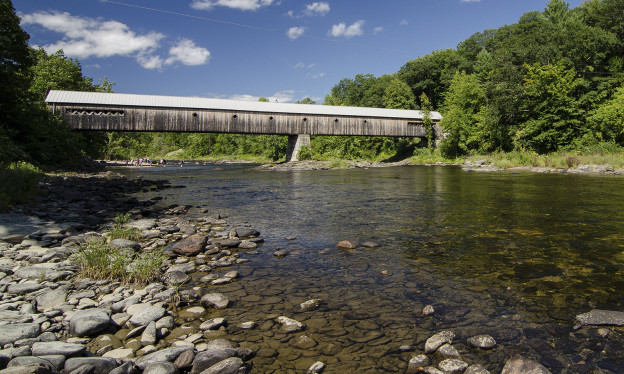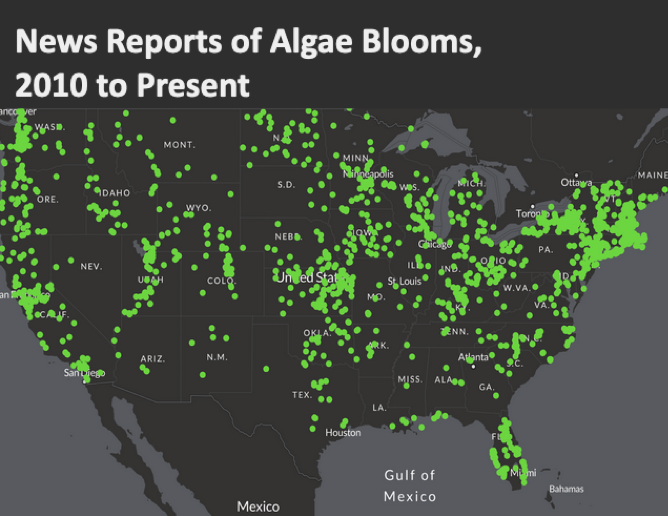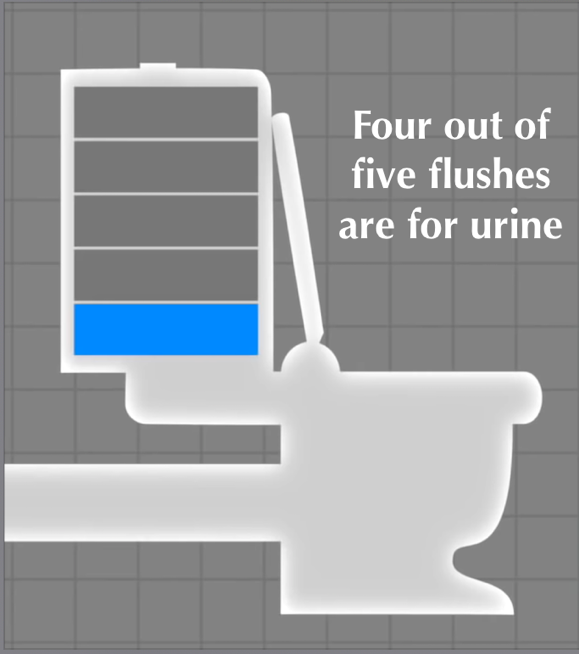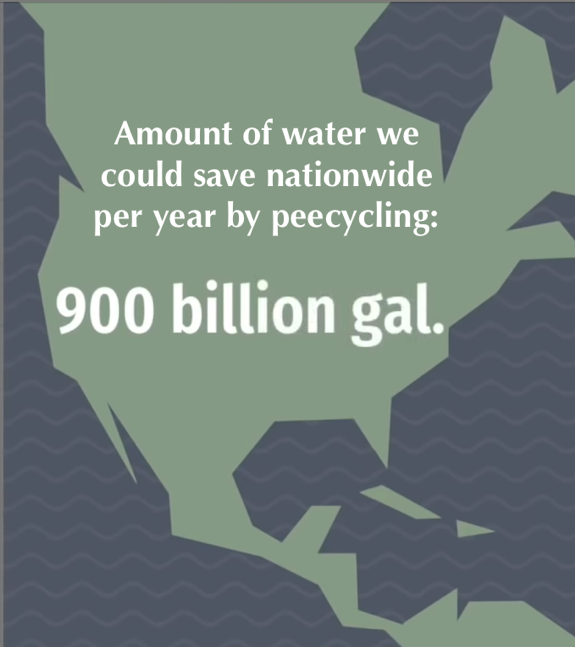Environment

Urine reclamation creates a local, sustainable fertilizer source, reduces downstream nutrient pollution, and helps conserve water.
1. Urine is a powerful plant fertilizer.
When we flush it into sewers its fertilizing potential ends up in the wrong places–rivers, lakes, and bays–where it encourages algae to grow out of control, with severe environmental consequences. But if we collect urine for recycling we can put it on farms where its fertilizer value is beneficial, supporting the agricultural systems we all depend on. This page focuses on the environmental costs of flushing urine down the drain. Visit the farming page for more on the benefits of using urine as fertilizer.
2. Urine nutrients become pollution when they enter the watershed.
In the US, the nutrients in urine often pass through wastewater treatment plants and into rivers, lakes, and bays. Once in the aquatic environment, excess nutrients (particularly nitrogen and phosphorus) can cause harmful algal blooms (HABs). HABs are destructive to aquatic ecosystems in a number of ways. When the algae dies, bacteria decompose it and de-oxygenate the water in the process. This kills fish and other aquatic creatures, causes foul odors that make recreation impossible, and renders the water unfit for human consumption. HABs can also result in toxicity in shellfish, which presents a danger to human health and can have devastating effects on the livelihoods of shellfishing workers. In the Northeast, this is a major problem in areas including Cape Cod, the Great Bay, and Long Island Sound, where nutrient loading regularly creates dead zones and severely damages aquatic ecosystems. Climate change is only exacerbating this crisis, as warmer waters create more habitable conditions for HABs.


(Image source: EWG)
Technology is available to remove these nutrients from wastewater at treatment plants and from septic systems, but it is expensive to build and to operate, so municipalities and homeowners are reluctant to invest in it.
Fortunately, the majority of the nitrogen and phosphorus in wastewater comes from one concentrated source that makes up less than 1% of wastewater volume: human urine. Separating urine from the rest of the wastewater stream at the source has the potential to eliminate 75% of the nitrogen and 55% of the phosphorus from municipal wastewater without making any changes to treatment plants. As an added benefit, the diverted urine can be processed into a natural and sustainably-produced fertilizer to use on farms instead of synthetic fertilizer.

Volume of human waste compared to tap water in wastewater.
3. Flushing urine wastes fresh water
With major areas in the US suffering from historic droughts each year, the critical need to conserve water is clear. The EPA estimates that the average household uses 27% of daily water consumption to flush toilets, which adds up to 1.2 trillion gallons flushed every year. Since four out of five flushes are just for urine, we could save up to 80% of the water currently used for toilets just by switching to urine-diverting toilets that don’t require water to flush urine.


(Image source: Uri Nation video, Love Research Group)

